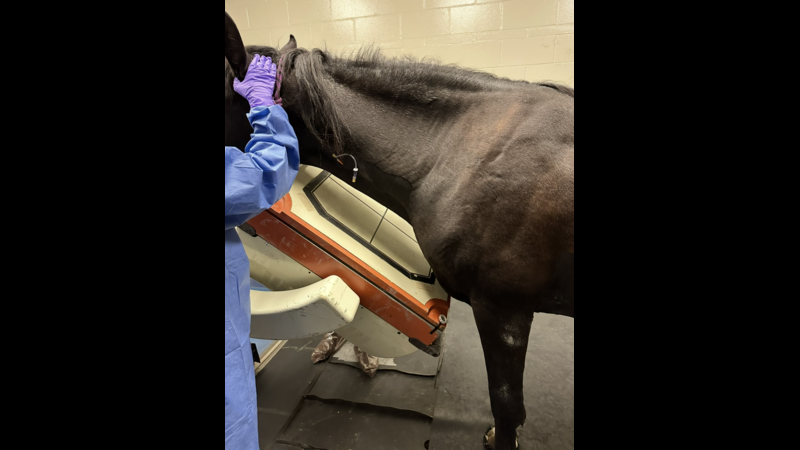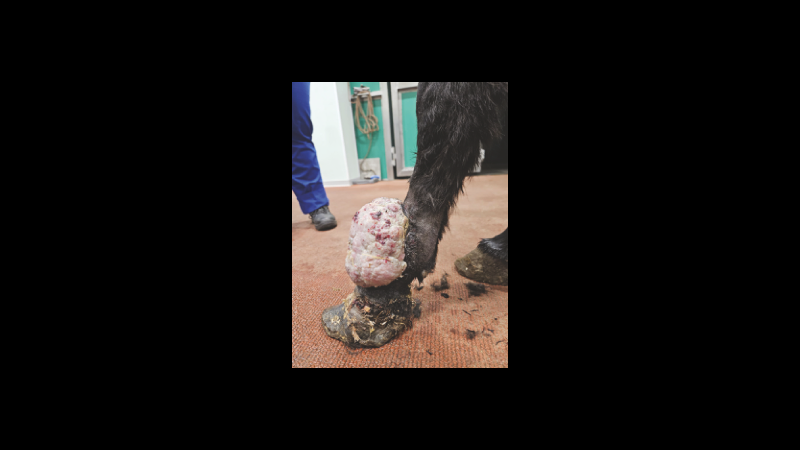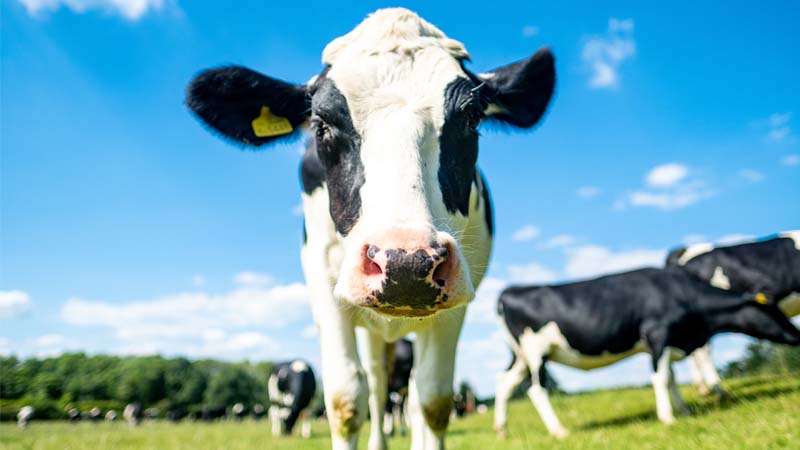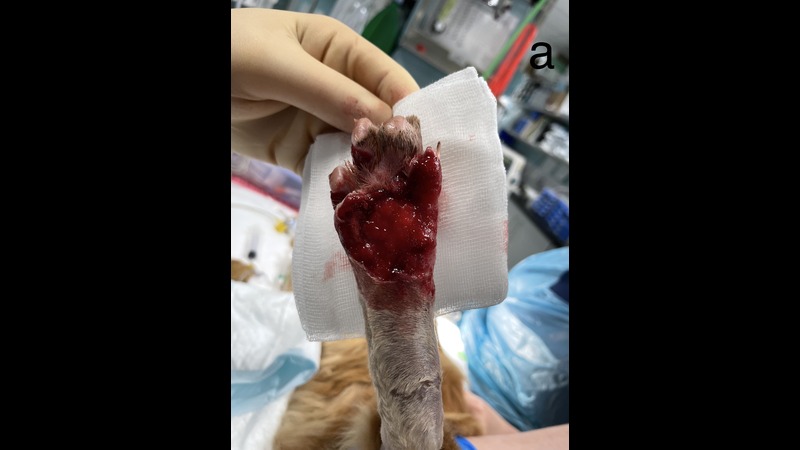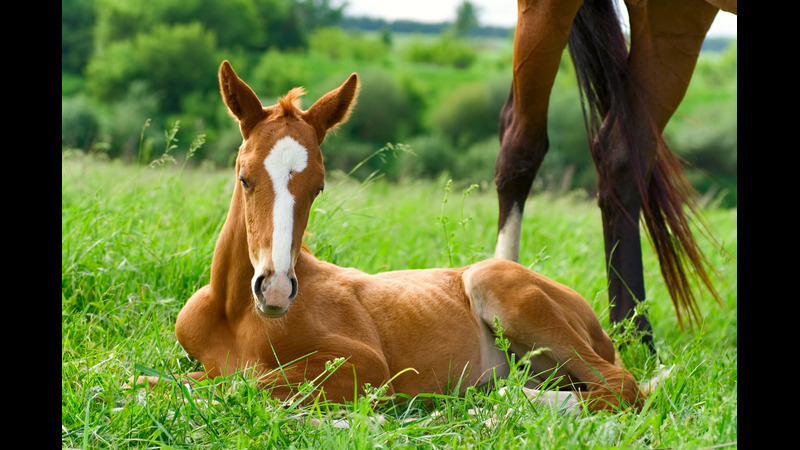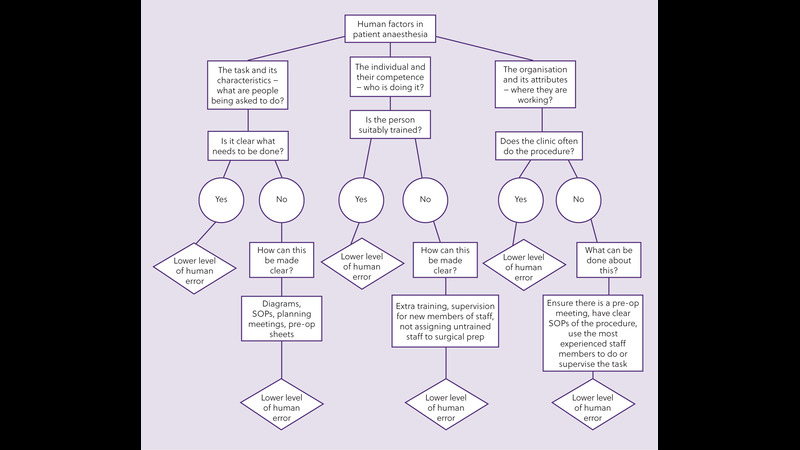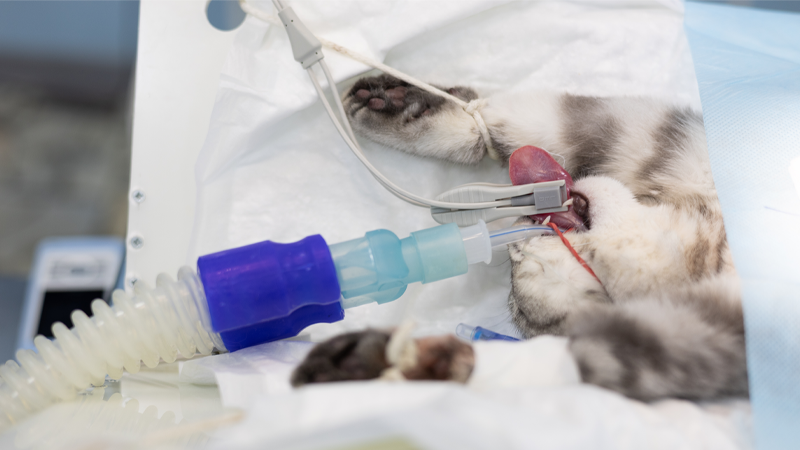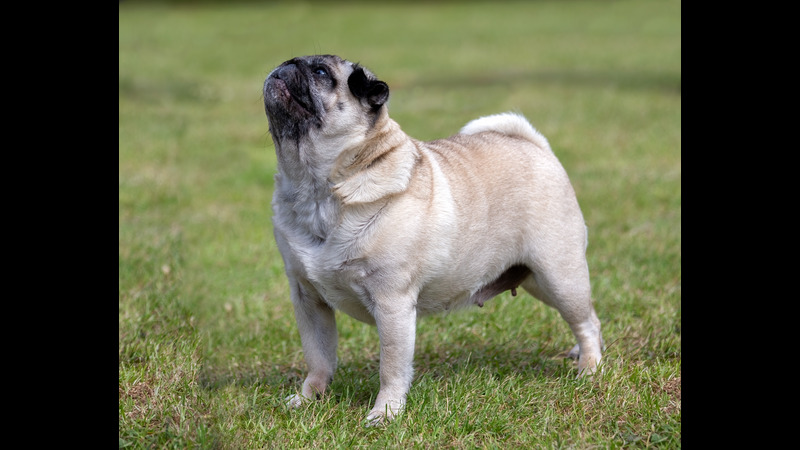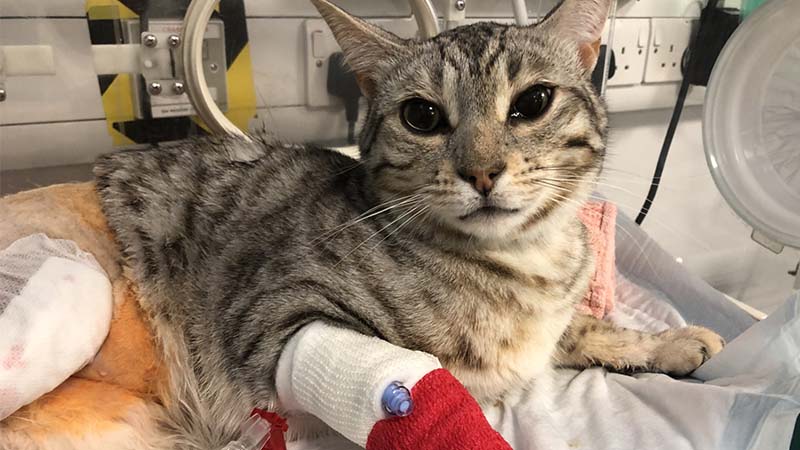Home-prepared diets in dogs and challenges with nutritional completeness
Home-prepared diets for pet dogs have been increasing in popularity for many different reasons. However, this group of diets is overwhelmingly not nutritionally complete – many different studies have ...
A review of equine primary hyperparathyroidism
The identification of hypercalcaemia and hypophosphataemia on routine blood testing of mature horses with non-specific illness points to underlying primary hyperparathyroidism, an uncommonly encounter...
Papillomavirus infection in equids
Equine papillomaviruses are a group of small, non-enveloped DNA viruses that primarily target the epithelial cells of horses. These viruses belong to the Papillomaviridae family and are known to cause...
Equine end-of-life care planning
Few horses in the UK die of natural causes; consequently, most horse owners will have to make the decision to euthanise at some point. Many owners find making end-of-life decisions distressing and may...
Towards improved analysis of dairy herd performance data
The extent and detail of dairy herd data analysis have not kept pace with advances in available computer resources; many commonly used methods date back several decades. Assessing the central tendency...
Practical management of degloving and avulsion injuries in cats and dogs
Degloving and avulsion injuries in canine and feline patients are often severe and complex conditions that require immediate and precise intervention. These injuries can be caused by significant mecha...
Nutritional support in the sick neonatal foal
Nutritional support is an essential part of management of the sick neonate. Adequate energy and nutrients are required for metabolism, immune function and growth. Providing optimal nutritional care ea...
Surgical nursing for the equine patient
Equine surgical nursing is a multidisciplinary speciality requiring advanced skills, meticulous organisation and effective teamwork to achieve optimal patient outcomes. This article provides an in-dep...
Navigating safety and human factors in preparation for anaesthesia
It has long been recognised that humans will make errors. Veterinary anaesthesia is a complex process necessitating multitasking and teamwork, which therefore has a relatively high incidence of errors...
Adverse food reactions in dogs and cats. Part 1: clinical presentation
Adverse food reactions in dogs and cats are typically associated with cutaneous and gastrointestinal clinical signs. The predominant clinical signs are pruritus, secondary skin infections, otitis and ...
Brachycephalic obstructive airway syndrome: diagnosis, surgical management and outcomes
Brachycephalic obstructive airway syndrome (BOAS) is a progressive condition predominantly affecting brachycephalic dog breeds, including French Bulldogs, English Bulldogs and Pugs. BOAS is caused by ...
Assessing and managing pain in cats and dogs
Registered veterinary nurses play a vital role in the assessment and management of pain, yet many may lack confidence in their ability to do so or to advocate for appropriate analgesia. Effective pain...

